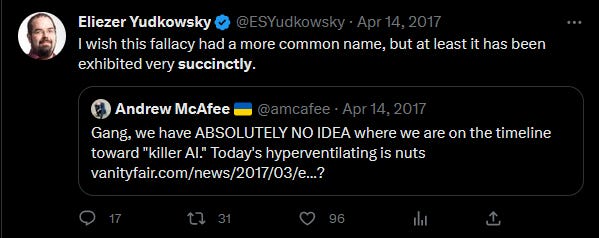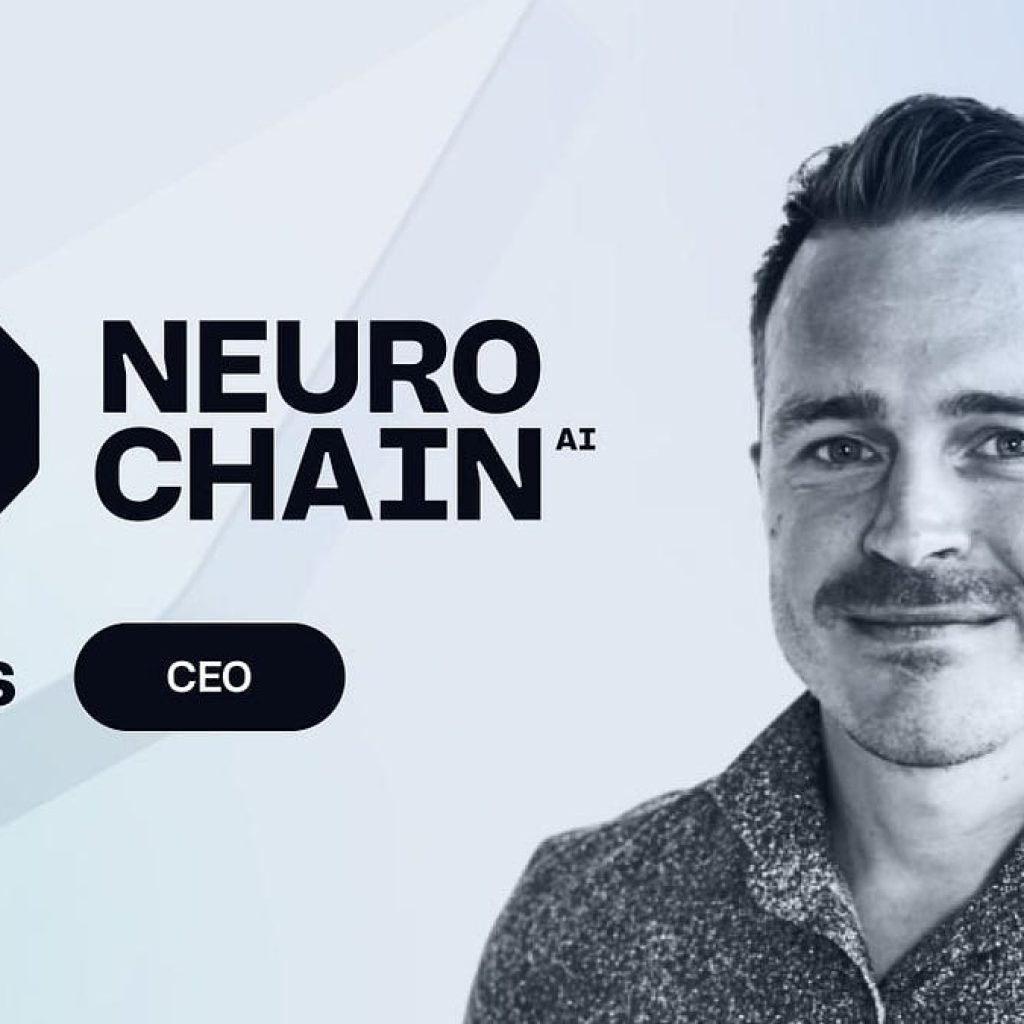In the rapidly evolving educational landscape, the emergence of powerful artificial intelligence systems, notably ChatGPT, has thrown academia into a state of uncertainty. The immediacy with which students harnessed ChatGPT’s capabilities to produce top-tier academic work has left professors questioning their ability to assess genuine student performance. The challenge lies not only in the disruptive nature of AI but also in the ethical considerations surrounding its use.
This story delves into the experiences of Ethan Zuckerman an associate professor at the University of Massachusetts Amherst teaching communication, information, and public policy grappling with the implications of AI in education and the strategies employed to navigate this uncharted territory.
The moment ChatGPT entered the educational scene, students seized the opportunity to leverage its capabilities, generating plausible exam responses and impressive essays in seconds. The repercussions were immediate, with professors questioning how to maintain academic integrity when automated systems could mimic top-tier performance effortlessly. The ensuing reactions varied, with some opting for blanket bans, categorizing AI usage as plagiarism, while others embraced a more creative approach.
One professor, specializing in machine learning, shares his journey of revamping exams to outsmart ChatGPT. By crafting questions the AI consistently failed to answer, he navigated the challenges posed by AI-driven academic dishonesty. But, this innovative response revealed the time-intensive nature of adapting to AI’s omnipresence. As academia grapples with the potential pitfalls, the question arises: Should the educational system revert to traditional, tech-free exam settings?
AI integration and cautionary wisdom
Before entering the classroom, the professor Zuckerman turns to renowned educator Catherine Denial for guidance. Denial’s insights emphasize the importance of discussing generative AI’s impact on students—not just its capabilities but also the industry’s privacy standards and labor practices. Recognizing AI as a transformative force, Catherine shapes class policies around fostering open dialogue rather than defaulting to distrust.
The core message to students revolves around a nuanced approach to AI usage. While they are encouraged to harness AI’s potential, disclosure becomes paramount. The semester unfolds as a natural experiment, revealing that disclosed AI usage does not significantly impact student performance. Encouraging AI for writing polish and brainstorming, Zuckerman finds that generative AIs excel in some tasks but fall short in inspiring creativity.
A crucial caveat emerges—the caution against using AI to generate entire paragraphs. Zuckerman elucidates the risk of AI hallucinating details, creating imaginary references that could lead educators down misleading paths. Despite this warning, the Zuckerman notes that students express concerns about becoming overly reliant on technology, drawing parallels to the generational shift in navigation from paper maps to GPS.
The future of AI in education – Building trust over skepticism
In certain fields, the strategic use of AI can provide students with a competitive edge. A machine learning professor highlights how research assistants benefit from AI as a coding co-pilot, automating tedious tasks. Yet, concerns arise regarding the potential hindrance to learning foundational coding skills, as AI co-pilots may overshadow the essential learning curve for beginners.
Zuckerman expresses a greater concern about losing students’ trust than about potential gaming of the system. Falsely accusing students of AI usage poses a significant threat, especially with unreliable AI detectors leading to unfair penalties. Zuckerman advocates for an approach rooted in kindness rather than suspicion, emphasizing the need for universities to discourage AI detectors and focus on preparing students ethically for a future where AI is integral to various professions.
As academia grapples with the implications of AI, the professor Zuckerman concludes by posing a fundamental question: How can educational institutions transition to an ethical and effective use of AI, preparing students for a world where AI integration is inevitable? The journey involves not penalizing students for adapting to changing evaluation methods but fostering a collaborative and open approach to navigate the evolving landscape together. How can universities strike the right balance between harnessing AI’s potential and preserving the essence of traditional education?








